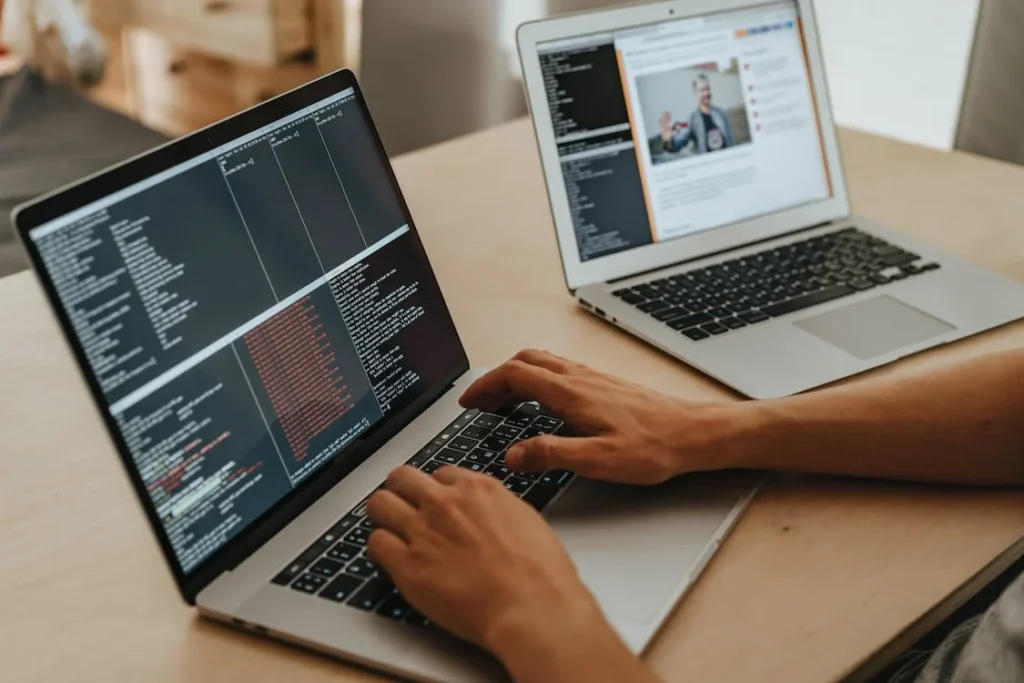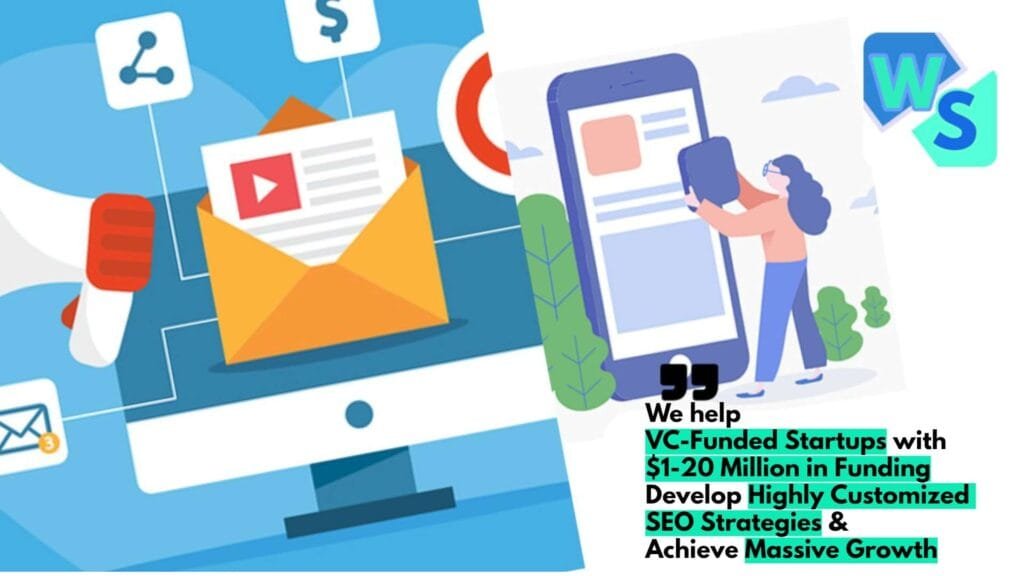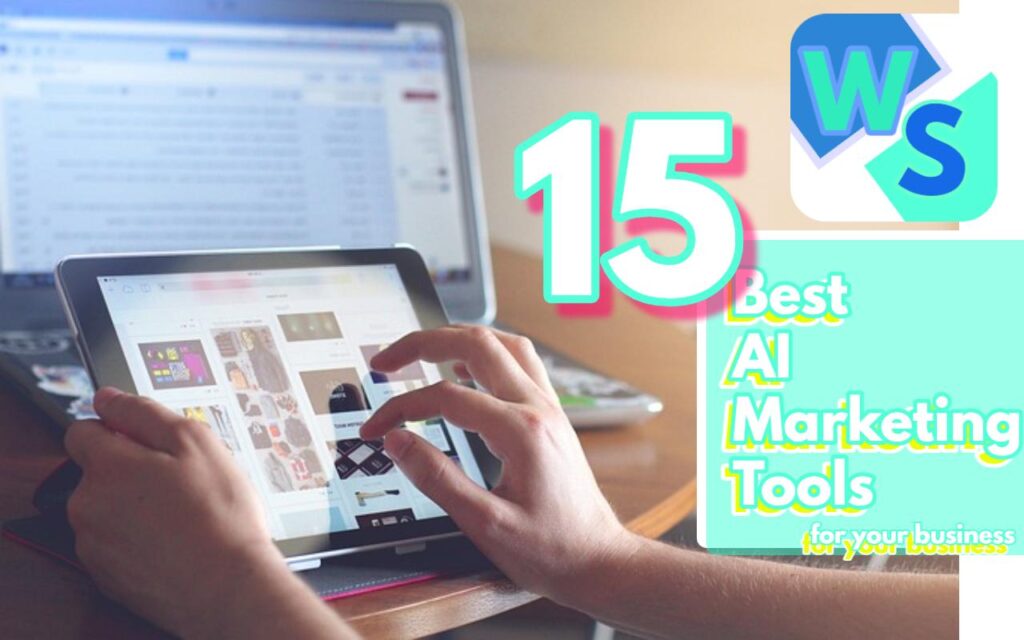In today’s digital age, the synergy between social media and SEO has become increasingly evident. While both are unique arenas in digital marketing, their confluence can produce stellar outcomes for businesses.
Understanding the intricacies of how social media can augment SEO performance is crucial. This guide seeks to unravel the complexities and provide actionable insights on harnessing the power of social media to reinforce your SEO strategies.
The Connection Between Social Media and SEO
It’s a myth that’s been floating around for a while: “Social signals directly impact search rankings.” While search engines like Google have stated that likes, shares, or followers don’t directly affect rankings, the indirect benefits of social media on SEO are undeniable. When content circulates on social platforms and garners attention, it can lead to a slew of other activities (like backlinking) that do impact SEO.
The rising importance of brand mentions and social engagement in search algorithms
Even if social signals aren’t a direct ranking factor, there’s a growing emphasis on brand mentions and social engagement. As search algorithms evolve, they’re keenly assessing a brand’s authority and presence across the web. High levels of social engagement and positive brand mentions can be indicative of a brand’s authority, reliability, and popularity, which search engines might interpret as signs of credibility.
Importance of Shareable Content
The digital landscape is vast, and standing out often hinges on the virality potential of your content. Shareable content acts as the bridge between social media and SEO.

The nature of content that gets shared on social media
Understanding the essence of shareable content is paramount. It’s typically content that educates, entertains, evokes emotion, or offers value to its audience. Infographics, listicles, how-to guides, and thought-provoking articles often fit the bill. Moreover, it’s pivotal that this content is authentic and resonates with the brand’s voice.
How shares, likes, and comments can increase visibility
Every share, like, or comment on social platforms amplifies content reach. Such engagements propel your content into various feeds, exponentially expanding visibility. This doesn’t just elevate brand awareness but also can lead to increased organic traffic. Furthermore, higher engagement rates make your content more likely to appear in the “recommended” or “trending” sections of social media platforms.
Crafting content that resonates with both search engine users and social media audiences
It’s a delicate balance to strike. Content should be SEO optimized with relevant keywords, meta descriptions, and titles. But simultaneously, it needs to be compelling and engaging for the human audience. Employ storytelling, use relatable anecdotes, and ensure the content is interactive, possibly integrating polls or quizzes. The goal is a harmonious marriage of SEO practices and genuine audience appeal.
Optimizing Social Profiles for Search Engines
Your social media profiles often serve as the first touchpoint for potential clients or customers. Their optimization is as crucial as your website’s.
Importance of consistency in NAP (Name, Address, Phone number) across profiles
Consistency in NAP details across all online platforms, including social media, establishes brand legitimacy. Inaccuracies can confuse search engines and users alike. Always ensure uniformity, which can also enhance local SEO efforts.

Using target keywords in social media bios and descriptions
Integrate relevant keywords into your social profiles, particularly in the bio or description sections. This practice aids search engines in deciphering what your brand represents and can lead to higher visibility during related searches.
Leveraging profile and cover images for brand consistency
Visual consistency is as essential as textual. Your logos, profile pictures, and cover images should reflect your brand’s identity and resonate with its ethos. This not only ensures recognition but also boosts trustworthiness among users.

Building High-Quality Backlinks Through Social Media
In the realm of SEO, backlinks are like gold. Their quality, especially from reputed domains, signals search engines about your site’s credibility. Here’s how social media can be a gateway to such treasures.
The potential of viral content in generating organic backlinks
Think about a well-crafted piece that resonates with the audience so deeply that they feel compelled to share. As this content goes viral on social platforms, bloggers, journalists, and content creators take notice. They might reference, discuss, or even critique it on their platforms, generating organic backlinks for you. For a startup, this could be a game-changer, creating ripples in the industry with just one standout piece.
Collaborations, guest posts, and partnerships facilitated via social channels
The digital era has made collaborations easier than ever. Social media, being an interactive platform, provides ample opportunities for brands to collaborate. Whether it’s a joint webinar, guest posts, or even influencer partnerships, these can result in quality backlinks and broader reach. For executives, it’s wise to invest in relationships, because today’s casual chat can be tomorrow’s strategic partnership.
Utilizing social bookmarking sites to enhance backlink portfolios
Platforms like Reddit, Digg, and StumbleUpon are not just places for content discovery but are also goldmines for backlinks. By sharing content on these platforms, you expose your brand to a wider audience, increasing the likelihood of getting referenced elsewhere.
Leveraging Local SEO Through Social Platforms
In the age of ‘near me’ searches, local SEO has skyrocketed in importance. And yes, social media plays a pivotal role here too.
Importance of location tagging in posts
Tagging your business location in social media posts does two things. For users, it showcases your locality, and for search engines, it strengthens local SEO signals. Especially for startups or businesses with physical locations, this is a tactic not to be missed.
Encouraging check-ins and reviews on platforms like Facebook
Positive reviews and check-ins act as testimonials of your business’s authenticity and quality. They not only influence potential customers but also give search engines more reasons to rank you higher in local searches.
Collaborating with local influencers for enhanced regional visibility
Local influencers have a community that trusts their recommendations. Collaborating with them can provide targeted visibility and drive traffic from the local audience you covet. This local-centric approach, especially when it aligns with SEO strategy, can provide an impressive ROI.
Using Social Media for Keyword Research
One might wonder, what do social platforms have to do with keyword research? Well, the truth is, they’re a goldmine for understanding real-time user behavior and trends.
The dynamic nature of social media ensures that trends emerge rapidly. Platforms like Twitter with its ‘Trending’ section or even LinkedIn’s ‘News & Views’ offer a peek into the current discussions. For startups, these trends can guide content creation, ensuring relevance and tapping into existing search demand. After all, if it’s buzzing on social, chances are people are also searching for it.
Using audience feedback, comments, and questions as a source of long-tail keywords
Engaging with the audience isn’t just for social rapport; it’s an insight hub. Questions posed, feedback given, or even general comments can indicate what your target demographic is curious about. These can be translated into long-tail keywords, which often have a higher conversion rate due to their specificity.
Tools and platforms for social media keyword insights
There are tools like Brandwatch or BuzzSumo that scour social platforms for keyword data.
Promoting Content Through Paid Social Ads
Organic reach is great, but the real turbocharge for your content comes from paid promotions.
Advantages of boosting high-quality content pieces on platforms like Facebook and LinkedIn
A piece of well-crafted content, when boosted, can drastically increase its reach. For startups, this means a higher likelihood of engagement, backlinks, and conversions. And with platforms like Facebook and LinkedIn offering precise targeting, your content lands right where it should.
Targeting options to reach a broader, yet specific audience
Whether you’re a B2B enterprise targeting C-suite executives or a B2C startup eyeing millennials, paid promotions got you covered. Detailed demographics, interests, and behavior targeting ensure you’re not shooting in the dark.
Tracking results and refining SEO strategies based on ad feedback
The beauty of paid promotions is the plethora of analytics they offer. From engagement metrics to audience insights, they tell a story. A story that should guide your future SEO and content strategies.

Incorporating Videos and the Rise of YouTube SEO
In today’s digital landscape, videos reign supreme. Their visual and auditory nature makes them easily digestible, ensuring users spend more time engaging with them than with traditional content.
The SEO potential of video content and YouTube’s role as a search engine
YouTube isn’t just a video platform; it’s the world’s second-largest search engine. Videos, when optimized for search, can drive significant organic traffic. Moreover, Google often displays video content within its SERPs, further amplifying its reach.
Strategies for video optimization: titles, descriptions, tags, and thumbnails
Video optimization is akin to webpage optimization, but with a few tweaks. A catchy title with target keywords can boost visibility. The description should offer a brief overview while integrating relevant keywords seamlessly. Tags help categorize the content, making it discoverable, while an engaging thumbnail can drastically improve click-through rates.
Encouraging cross-platform sharing for video content
Promoting your video content across various social platforms extends its reach. Embedding videos in blog posts, sharing on LinkedIn, or tweeting them out can garner more views and engagement. Remember, the more the shares, the better the chances of it being noticed by search engines.
Social Engagement as a Metric for Content Quality
Social signals play a pivotal role in gauging content’s effectiveness. High engagement often indicates content resonance, ensuring it meets users’ needs.
Engagement metrics—likes, shares, comments—are direct feedback from your audience. A well-engaged piece indicates it struck a chord with its viewers, affirming its quality and relevance. This feedback is invaluable, helping refine content strategies for better traction.
Adapting content strategies based on audience feedback and engagement levels
If a piece doesn’t garner expected engagement, it’s time for introspection. Was the topic not relevant? Was the content not valuable? Such questions can guide revisions in content strategy, ensuring better alignment with audience needs.
Importance of responding to comments and fostering community
Engagement isn’t a one-way street. Responding to comments, acknowledging feedback, and facilitating discussions fosters community. This not only boosts brand loyalty but also enhances content visibility and reach.

Monitoring Brand Mentions and Sentiment on Social Platforms
The omnipresence of social media platforms makes them a prime hub for consumers to discuss and review brands.
Tools and techniques for tracking brand mentions
Today’s digital toolbox offers a myriad of options to monitor brand mentions. Tools like Brandwatch, Mention, or Google Alerts provide real-time notifications whenever your brand is referenced. By actively monitoring, brands can swiftly respond to any conversation, be it praise or criticism.
Addressing negative mentions: Crisis management and reputation repair
Every brand will face criticism. The difference between brands that thrive and those that falter lies in the response. Negative feedback, when addressed promptly and professionally, can be turned around. It’s about owning the mistake, offering solutions, and showing commitment to customer satisfaction. Remember, on social media, the world is watching, and a well-handled crisis can even bolster your brand’s reputation.
Amplifying positive mentions to enhance brand credibility
Harness the power of social proof! When users speak positively about your brand, it’s an endorsement that no ad can match. Sharing, retweeting, or even creating highlight reels of positive mentions can bolster your brand’s credibility manifold. It’s organic, genuine, and resonates deeply with audiences.
The Mobile Factor: Accelerated Mobile Pages (AMP) and Social Sharing
With mobile devices accounting for a significant portion of online traffic, optimizing for mobile has never been more critical.
As consumers increasingly access content via mobile devices, ensuring that your content is mobile-friendly is paramount. Mobile optimization not only enhances user experience but also positively impacts SEO, as search engines prioritize mobile-optimized content.
Leveraging AMP for faster content loading on mobile devices
Accelerated Mobile Pages (AMP) is a Google-backed initiative aimed at ensuring web pages load swiftly on mobile devices. AMP versions are stripped-down, ensuring rapid load times. For brands, this means decreased bounce rates and a higher chance of engagement.
Mobile sharing buttons and their influence on content virality
Making it easy for users to share content directly from their mobile devices enhances its potential virality. Integrating mobile sharing buttons prominently ensures that if a user finds your content valuable, they can instantly share it, expanding its reach exponentially.
Wrapping it up
In today’s digital landscape, the synergy between social media and SEO cannot be overstated. As search algorithms evolve, the role of social signals in shaping brand visibility and reputation grows more significant. By leveraging tools, insights, and strategies, brands can seamlessly bridge the gap between SEO and social media, maximizing their online footprint and engagement.
Read Next:





















